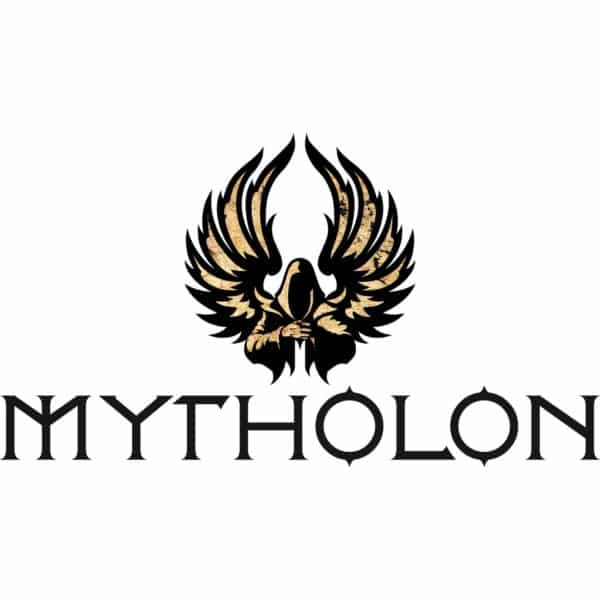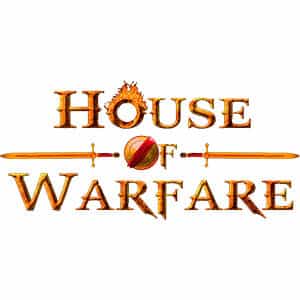When Charlemagne was crowned Emperor of the Romans in 800 CE by Pope Leo III, not a lot changed. Nobody went around tearing up all the old maps, crossing out ‘Carolingian Empire’ and writing in ‘Holy Roman Empire’. Indeed, nobody even called it the ‘Holy Roman Empire’; that phrase only occurs in the Early Modern period. Charlemagne’s Empire would not outlast his grandchildren, being balkanized between his descendents for another century and a half. History is messy – full of leaps forward, and lapses back.
A historian’s job is to make sense of the mess. Reality doesn’t fit into neat boxes with clearly defined edges. Part of the art of telling comprehensible historical narratives is constructing and imposing these boundaries that define one period from the next – a process called ‘periodization’. These boundaries are often porous and fuzzy, and they often break down under close examination – with hangovers from the previous age lasting well into the next, and outriders from the coming dawn appearing well before the rest. But understanding history requires the categorizations of periodization to act as our guiding stars, situating the granular within the grand – at least well enough. Without them, we are rudderless to plot a course to the future.
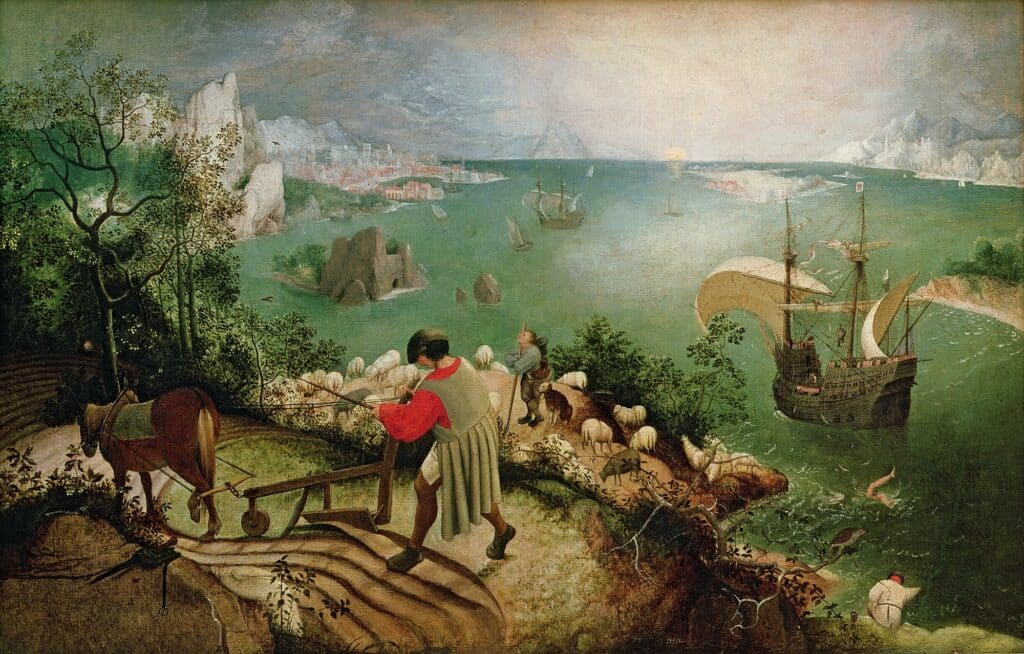
The question of the end of the Middle Ages is one of the most important questions of periodization. We have already talked about When Did The Middle Ages Begin?, examining the gradual transition from the Ancient world to the Medieval – here, we shall delve into an even stickier and more relevant question for our own times: what marks the end of the Middle Ages, and why did the Medieval period end?
We shall look at three historical phenomena which have been used to define the end of the Middle Ages: the Renaissance, the Reformation and the modern colonialist state. And ultimately, we’ll reach the conclusion that in different ways, they’re all correct!
The Renaissance
The Renaissance can be broadly defined as the cultural movement which revived Classical ideas in the 15th and 16th centuries. Scholars have devoted entire journals to the causes of the Renaissance – but we can very briefly summarize them (in no particular order): the impact of the ‘Crisis of the Late Middle Ages’, including pan-European famines and the Black Death; the acquisition of Classical written texts from the Arab world via Greek refugees fleeing from Ottoman expansion; technological innovation such as the printing press; and the growth of humanist philosophy in the preceding centuries.
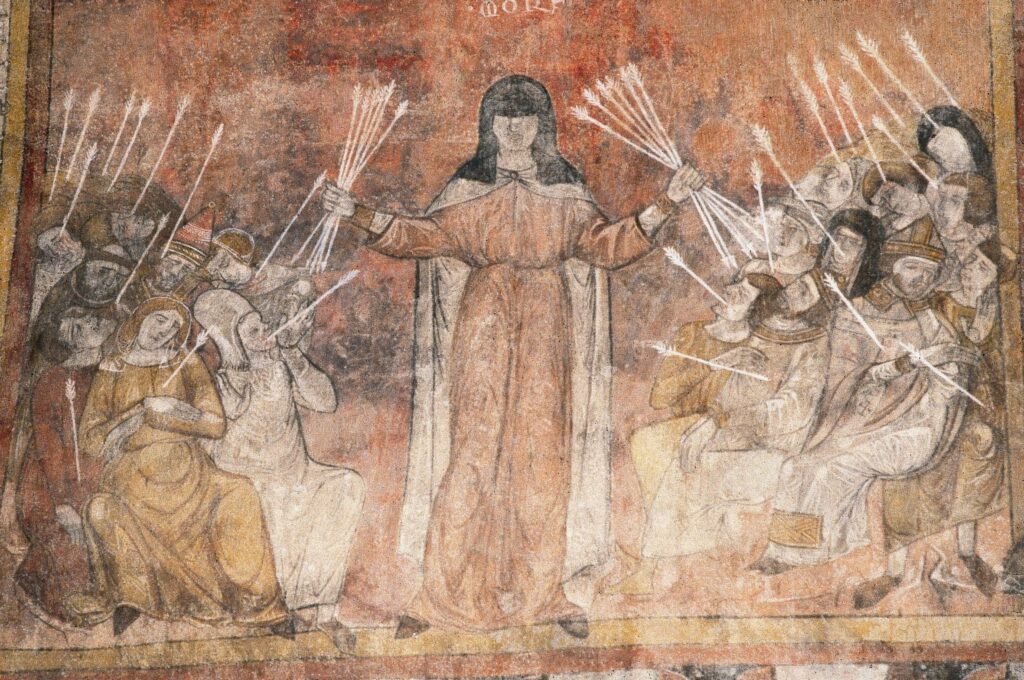
The results of these swirling trends were kinds of art, architecture, literature, political ideas and scientific advances that were distinctly modern: highly naturalistic depictions of objects and people in art; literature that was self-aware and engaged with meta-narratives and dramatic irony; advances in geography permitted navigation across vast distances which began to shrink the known world. There is little doubt that the Renaissance, despite its gradual beginnings, its slow spread and its confinement to the upper strata of European societies, nevertheless marks a watershed in the end of the Middle Ages.
The transition from the Roman world to the Medieval one was such a gradual one, characterized by a disintegration of networks of knowledge and information, that few Late Roman citizens had the macro-scale perspective to understand their lives as taking place at the end of a historical era. But the transition from the Medieval to the Early Modern took place in very different circumstances: Renaissance-era scholars had access to more historical, social and political information than pretty much any humans up to that point in history. Many were very conscious of their position at the hinge of history. Indeed, it is from 15th century Italian writers that we get the concept of the ‘Middle Ages’ itself. As we saw in our article about the beginning of the Middle Ages, Leonardo Bruni (writing in mid-15th century Florence) was the first to create the tripartite ‘Classical/Medieval/Modern’ understanding of history, placing his own world of Renaissance Florence as the cutting-edge of modernity.
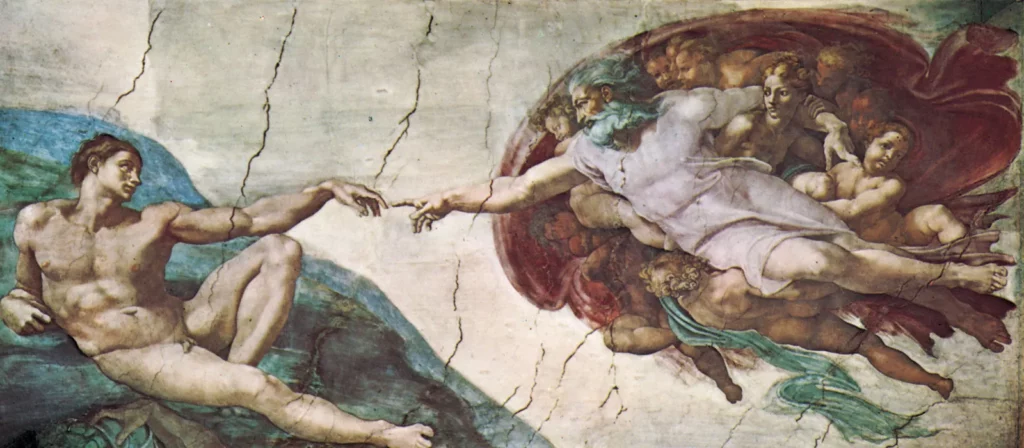
But, at the same time as inaugurating the new, the Renaissance was in many ways deeply conservative and backward-looking. The writer Petrarch, an early humanist scholar who was writing in the early 14th century, gave us the first elocution of the concept of the ‘Dark Ages’ – Petrarch (and the tradition that he spawned) saw the post-Roman centuries as a barbaric, pagan era in which the ‘light’ of Classical civilization was lost, and that his Italian contemporaries were reviving. By choosing the Renaissance as the defining feature of the ‘end of the Middle Ages’, we are choosing to believe what Petrarch and his fellows said: that what defines ‘the Medieval’ is the absence of the Classical; that it is bookended by Classicism at either end – and that isn’t really a positive definition of what the Middle Ages were. Nevertheless, there is a strong case to be made that it marked the end of the Middle Ages. Perhaps we can consider the Renaissance as a philosophical revolution which was expressed paradoxically in self-consciously ancient forms and ideas – but which nevertheless birthed the modern word as a by-product of that rediscovery.
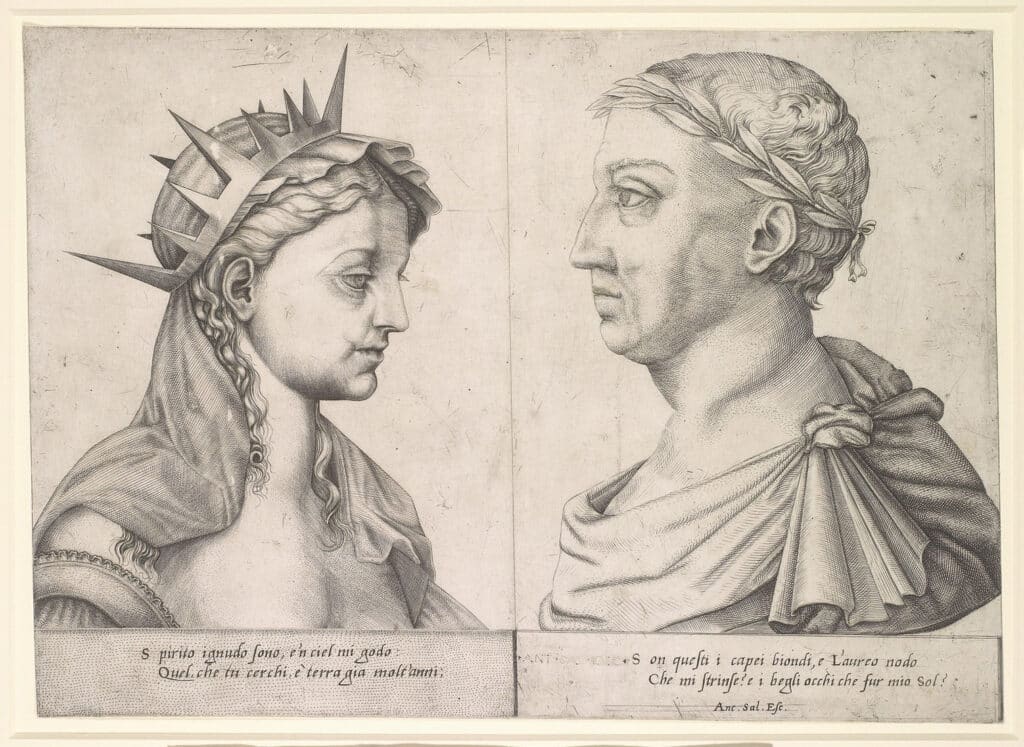
The Reformation
Because the Renaissance was a multi-century, multi-culture process, it is very difficult to pin specific dates onto the Renaissance and mark this as the ‘end of the Middle Ages’. Not so with the Reformation. There is one date that stands above all: the publication of Martin Luther’s 95 Theses, which he did so by nailing them to the door of Wittenburg castle church (at least according to tradition). Thus, we can conclusively say that the Middle Ages ended on 31st October 1517 CE. (Well, not really – it’s obviously more complex than that.)
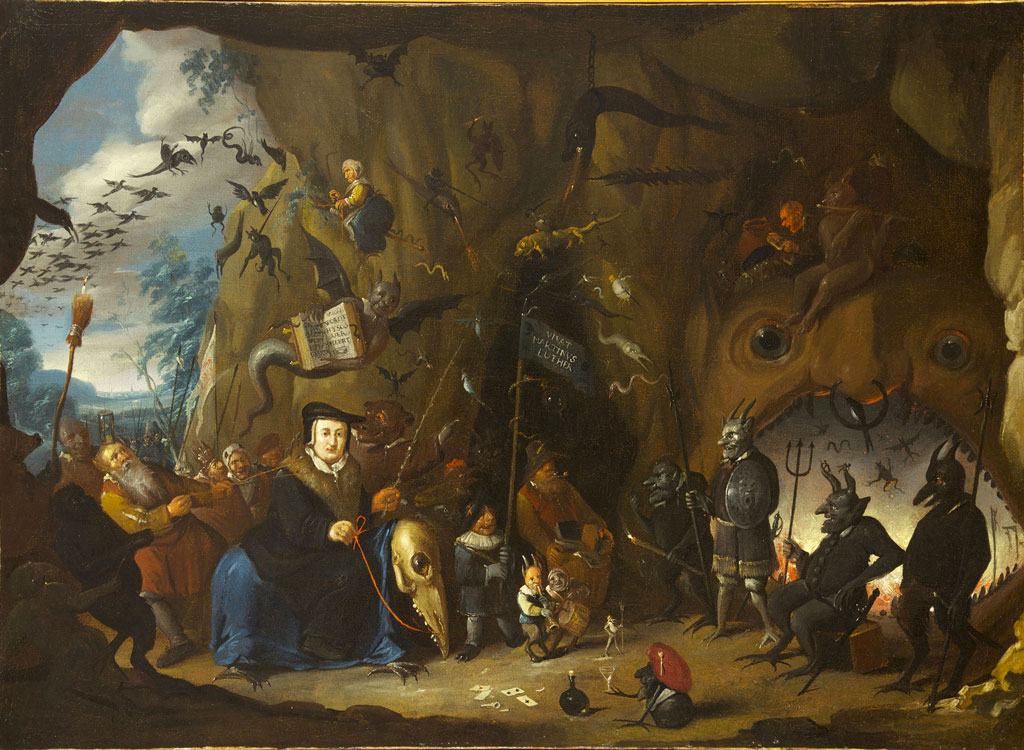
The Reformation, very briefly, was the religious schism within Christianity which ended the hegemony of Roman Catholic doctrine and split Protestant traditions off from the Catholic Church. The Reformation’s roots run back centuries: Christianity had evolved significantly since the loose post-Roman network of bishops who stepped into the temporal void left by Rome. Christianity was not a stranger to schism, dissent and change: the Great Schism of 1054 permanently hived off the Eastern Orthodox Church, with its Patriarch in Byzantium (modern Istanbul). Reformers like the Cluniacs and St. Francis of Assisi introduced new doctrines, the Church adapting and changing to accommodate. But the two centuries before Luther’s Theses saw a fundamental discrediting of the institutions of Christianity – they were no longer capable of evolving, and instead became outdated and jarringly inadequate.
The Avignon Papacy left the Pope in the pocket of corrupt French officials, and the subsequent flurry of Popes and anti-Popes left the Papacy feeling little more than a hollow political office rather than a representative of the Almighty. During its seat at Avignon, the Papacy embraced even more naked acquisitive projects, like the selling of indulgences (remittance of sins in return for money), and the practise of simony (the sale of Church offices), The Black Death of 1347-51 fundamentally weakened the Catholic Church, having a disproportionate impact on Church officials, who were the only form of frontline healthcare in most communities – leaving a post-apocalyptic Europe with less firm spiritual guidance. Proto-Reformation leaders like John Wyclif and Jan Hus lambasted the corruption of the Church, and the Bohemian Hussite Wars of the 1420s (triggered by the martyrdom of Jan Hus) forged a national Bohemian Church separate from Rome, the first domino to fall.
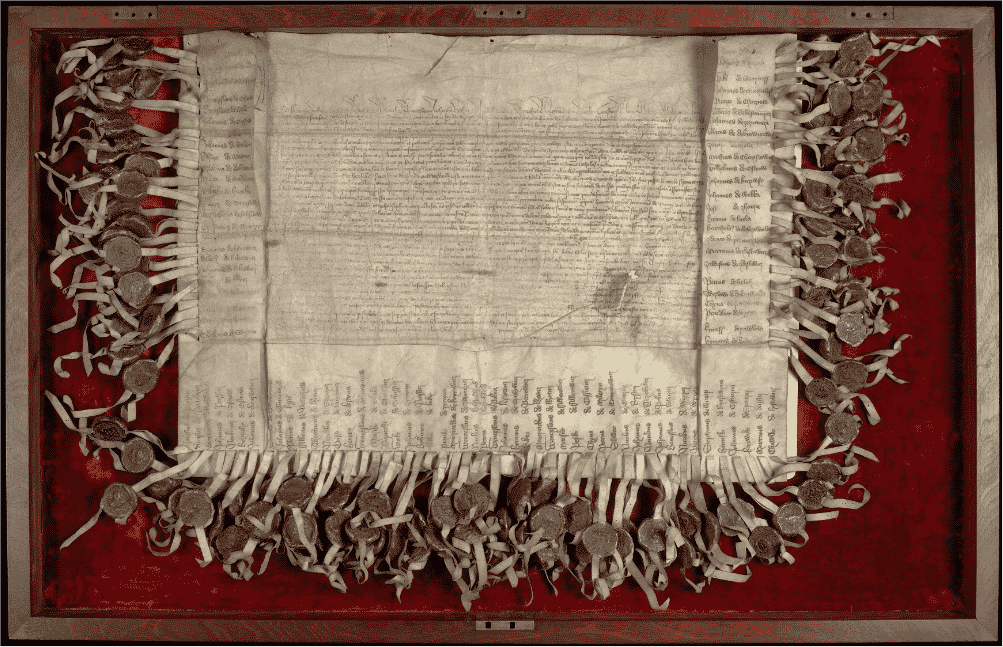
All of these combined to a critical clamour in the opening years of the 16th century. Reformers like Zwingli, Calvin and Luther could spread their ideas more widely than ever before with the invention of moveable type and the printing press. Increasing popular literacy meant that there was a tremendous thirst for books in vernacular languages, rather than stuffy ecclesiastical Latin. Religious movements sprang up which demanded a direct relationship with the divine, rather than one mediated through Church officials and the Latin Bible. The spread of Protestantism across Europe fundamentally changed the political and social dynamics of European society, perhaps far more deeply than the Reformation. Though Luther and his contemporaries were deeply conservative and sought only the most moderate of reforms, the door was opened for coming generations of radical reformers, who now started to dream of (and in some places, implement) egalitarianism, democracy and proto-socialism. The religious wars of the late 16th and 17th century were sparked. Total wars which would generate new modern states were on the horizon. The modern world was here.
Conceiving of the end of the Middle Ages in terms of the Reformation defines the Medieval period in terms of its religion: the Medieval era was one in which the Catholic Church dominated, and therefore the end of Catholic religious hegemony was necessarily the end of the Middle Ages. Modern scholars have come to reassess the role of the Medieval Catholic Church, reappraising its remarkably flexible role, and its position as a guarantor of knowledge rather than an obstacle for progress – but there can be no doubt that the splintering of Christianity in the early 16th century was a herald of the modern.
States and Empires
Our final theory about the end of the Middle Ages is the emergence of bureaucratic states that existed independently from the claims of individuals. If the Medieval era is about anything, it was about rights and claims. The very lowliest bondsmen had the right to keep a proportion of the crop that they raised on their lord’s land, in return for the lord’s claim on their service in war. Medieval kingdoms were not based on national identity, or a collective shared mythology – they were merely the collection of claims and rights over various territories which were bound up in the individual of the monarch. In this sense, they had no independent existence outside of the disposal of the monarch. Hence, the king or queen’s court had to travel constantly to dispense justice, to bestow favors, to be seen to be ruling. Bureaucracies were subservient structures, often staffed by literate Church officials (or close family members who had been appointed as Church officials!).
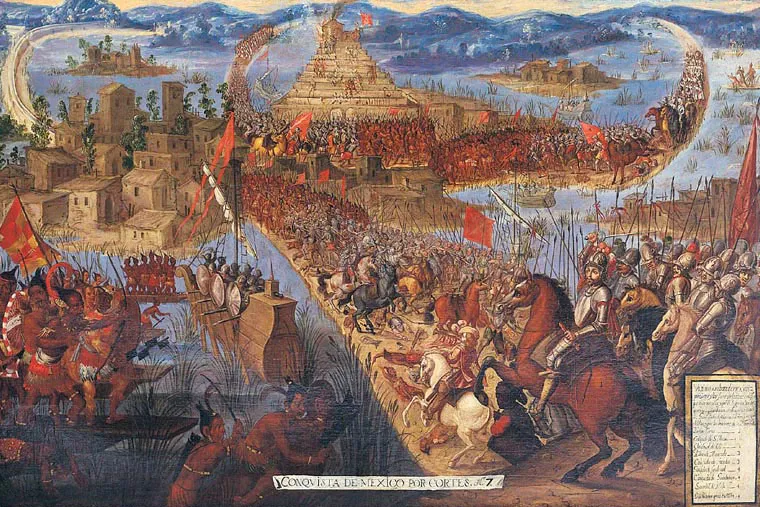
That began to change in the Late Medieval era (commencing around 1250 CE), and by the 16th century the character of most Western European states had fundamentally changed. The growth of the wealth and scope of these kingdoms (and, as we have seen, the concomitent problems in the Catholic Church) necessitated the growth of a secular literate bureaucracy to manage them. The increasing scale and resource-intensity of warfare required ever-more complex logistical, economic and social support networks to prosecute them effectively. Perhaps most critically of all, the ‘discovery’ of the Americas by white Europeans introduced a completely novel dynamic: that of colonialism. Through private enterprises, companies and corporations, wealthy individuals could now invest in vast trading networks that spanned the globe, and required durable states to maintain these networks both militarily and economically. The ‘New World’, built upon the genocide of indigenous peoples, was formative in the creation of a new class of cosmopolitan economic and financial elites in Western Europe, whose influence in the wars and revolutions of the coming centuries would be key.
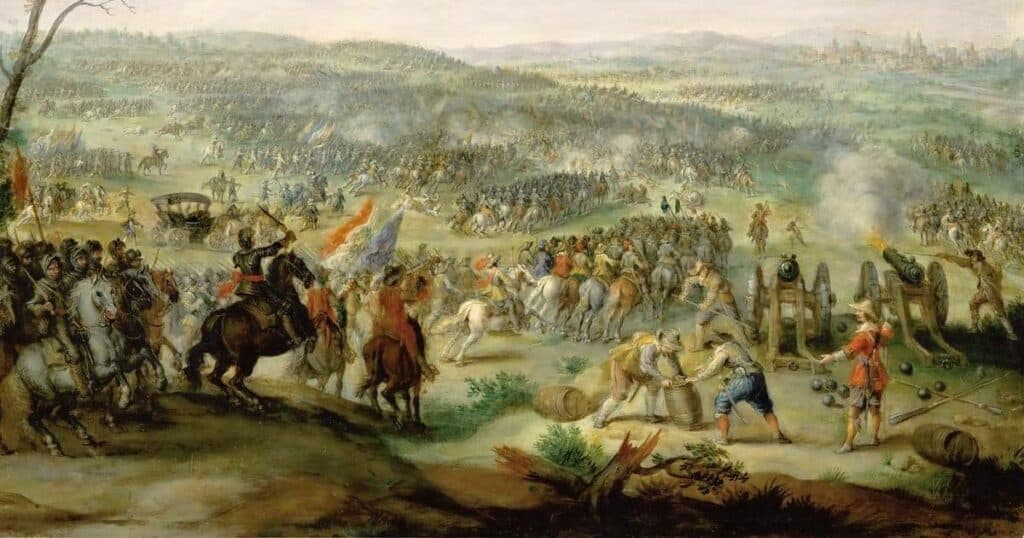
So what marks the end of the Middle Ages? In a typical historian’s answer, it’s all of the above. Due to its fragmented and hyper-local nature, the Medieval period was perhaps one of the most complex and varied periods in human history – and so, gradual emergence of a more homogenous pan-European society under the strains of accelerating globalization and imperialism swept away different elements of the Medieval at different times in different places. The turn of the 15th century into the 16th century seems to be the point at which many of these historical trends overlapped and intersected at boiling point: the capture of Byzantium and the formal overthrow of the Roman Empire in 1453; Columbus’ rapine of the West Indies in 1492, Martin Luther’s nail-based publication in 1517 – but, as we set out at the beginning, there were heralds that went before, and hangovers that lasted long after. Lest we forget, history is a continuum, not a ticker tape. Causes create effects, which in time become causes themselves. The different ways that we periodize history ultimately reflect different truths about ourselves.

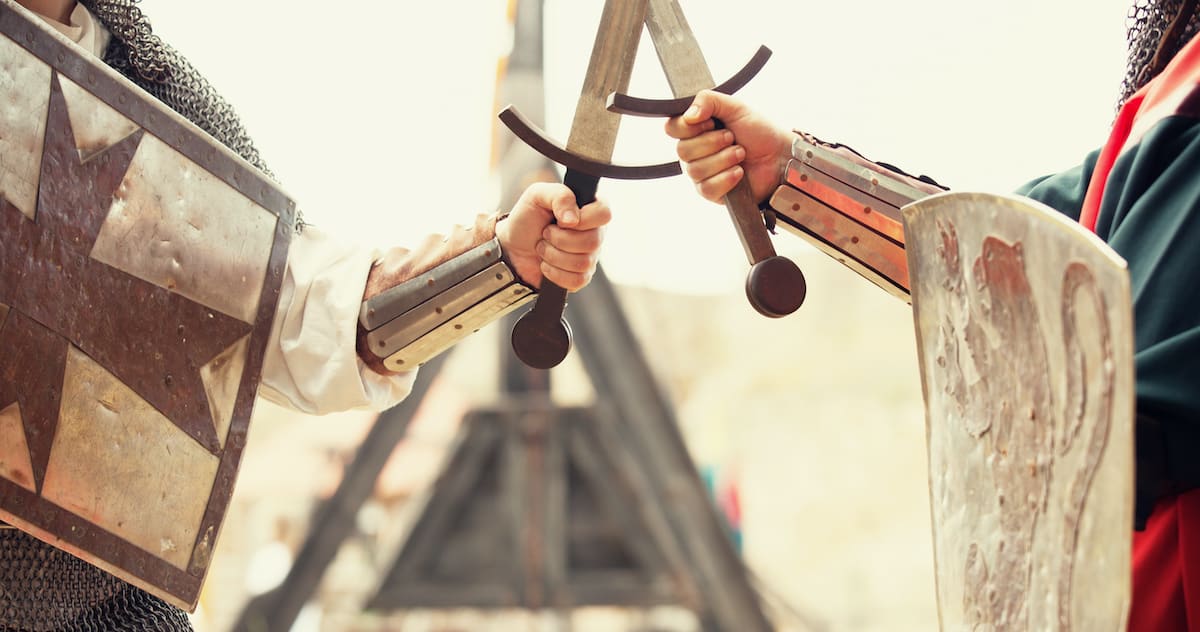 Historical Swords
Historical Swords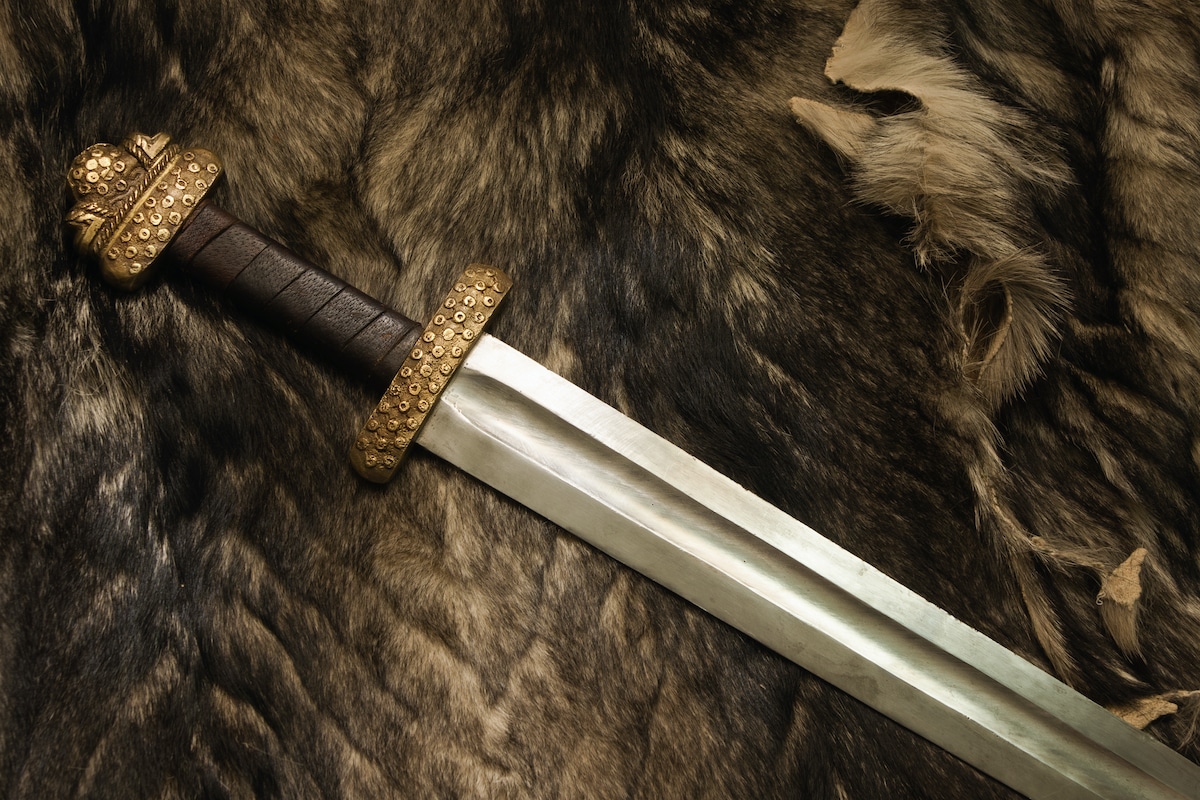 Norse & Viking Swords
Norse & Viking Swords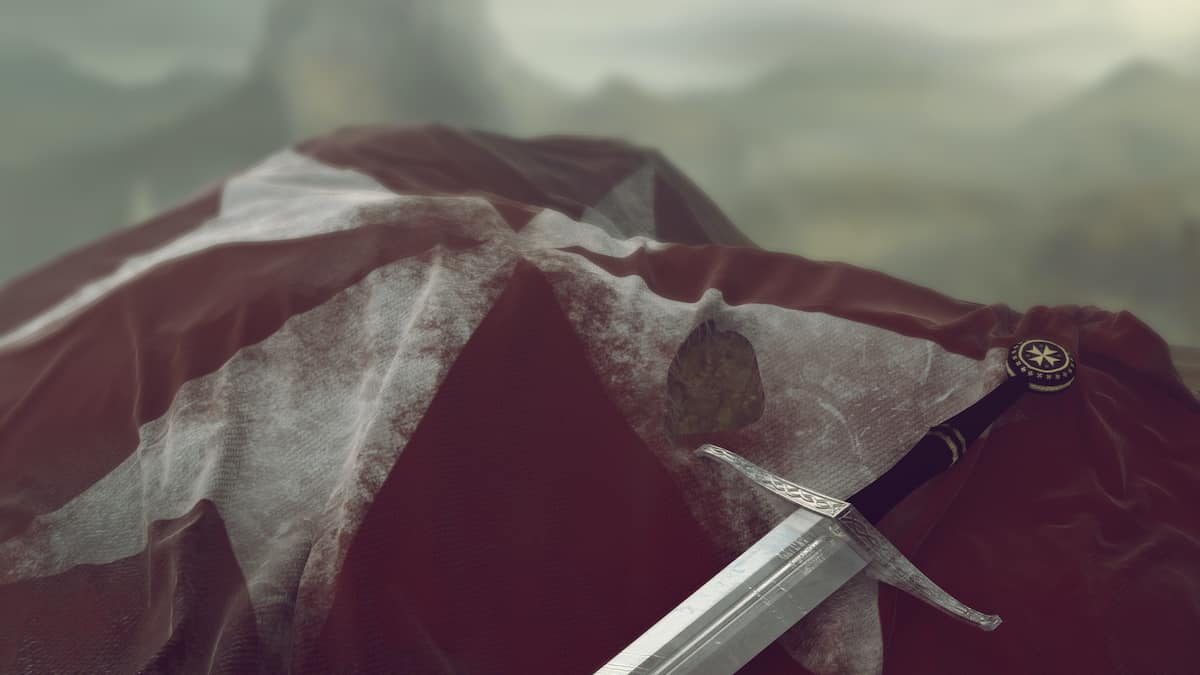 Templar Swords
Templar Swords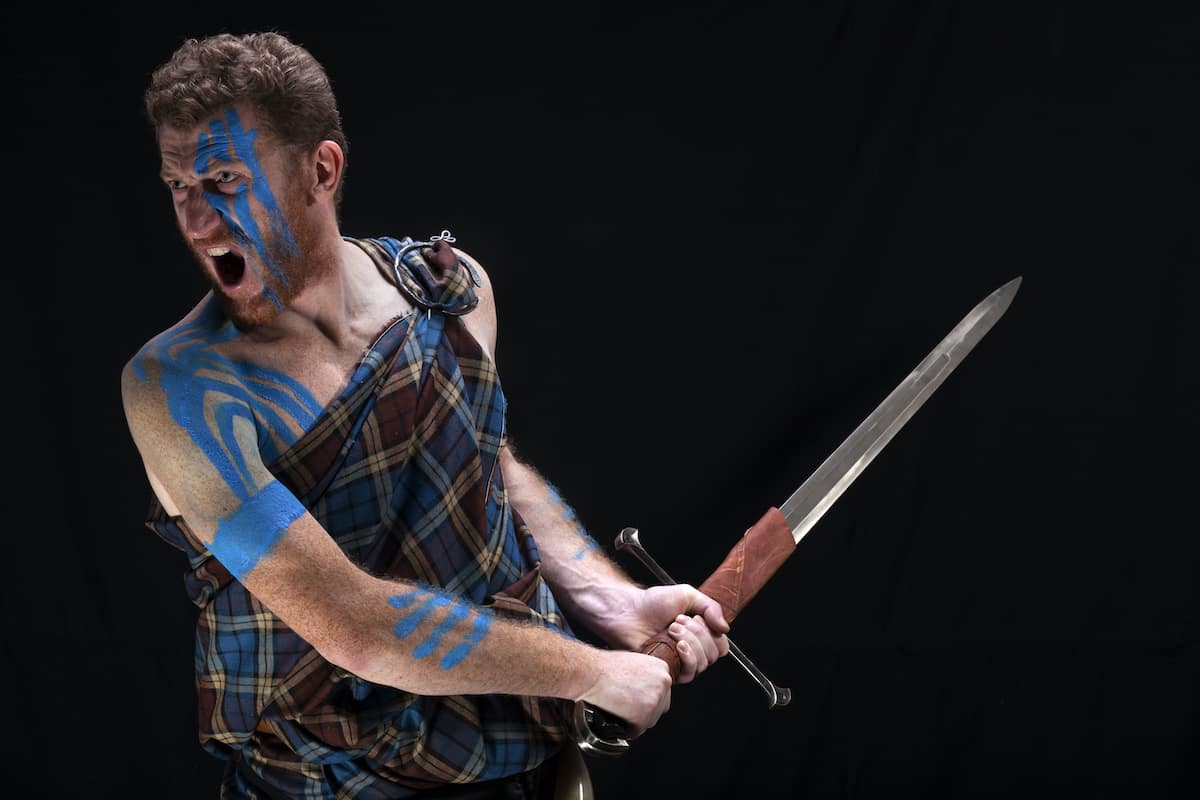 Claymore Swords
Claymore Swords Fantasy Swords
Fantasy Swords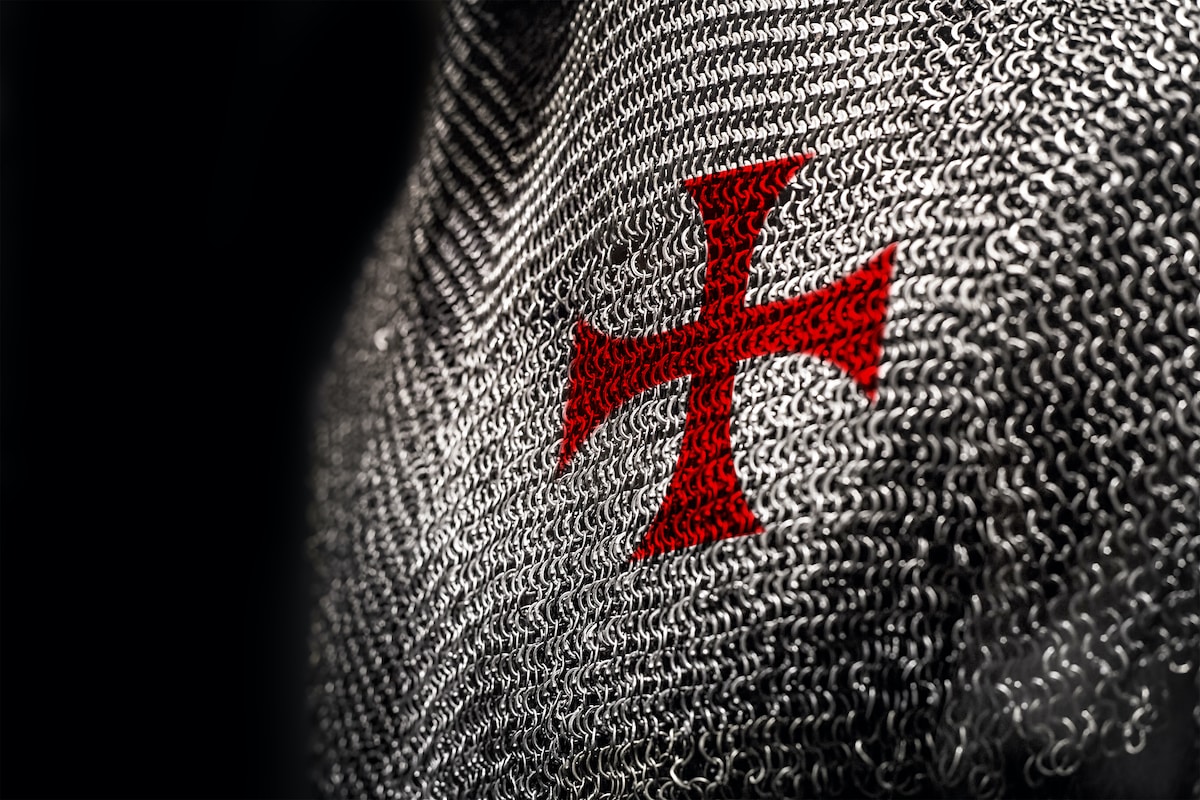 Chainmail
Chainmail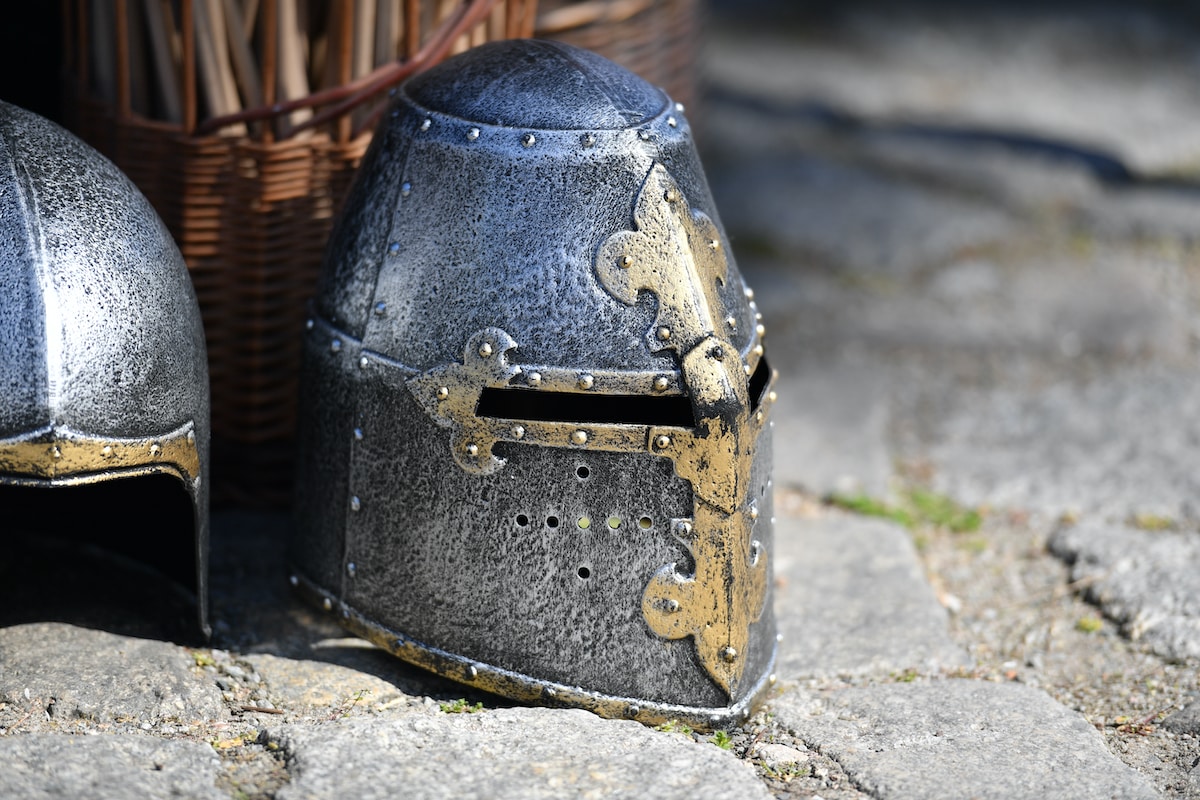 Helmets
Helmets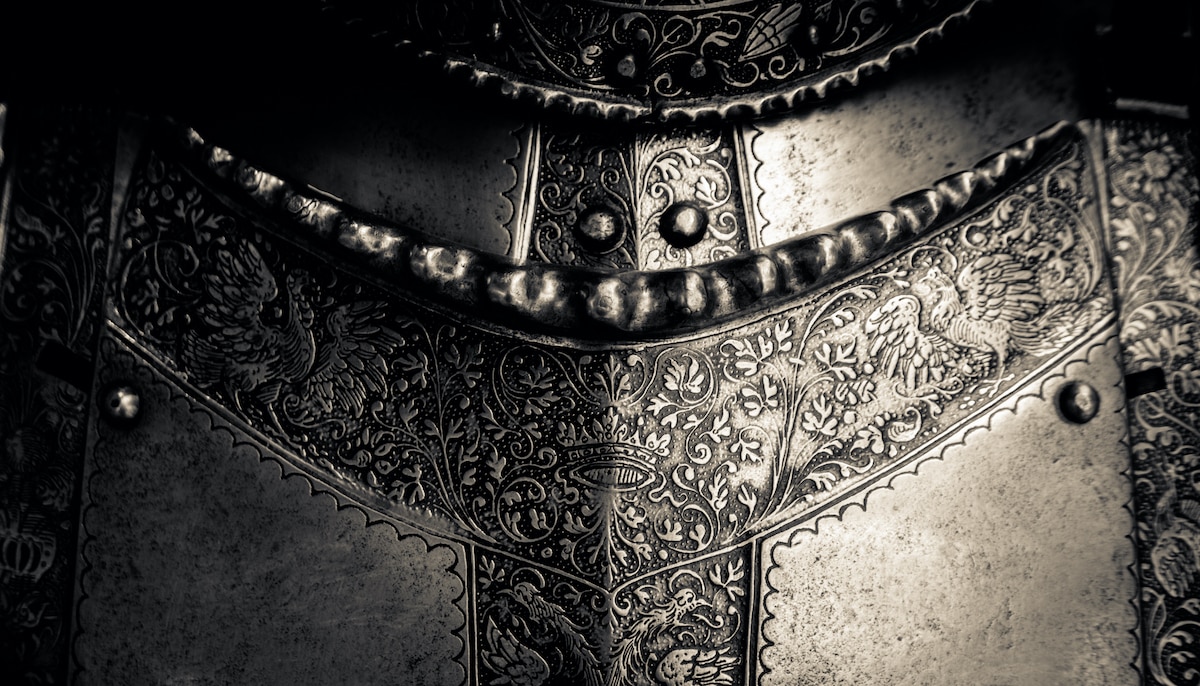 Torso Armor
Torso Armor Bracers and Arm Protection
Bracers and Arm Protection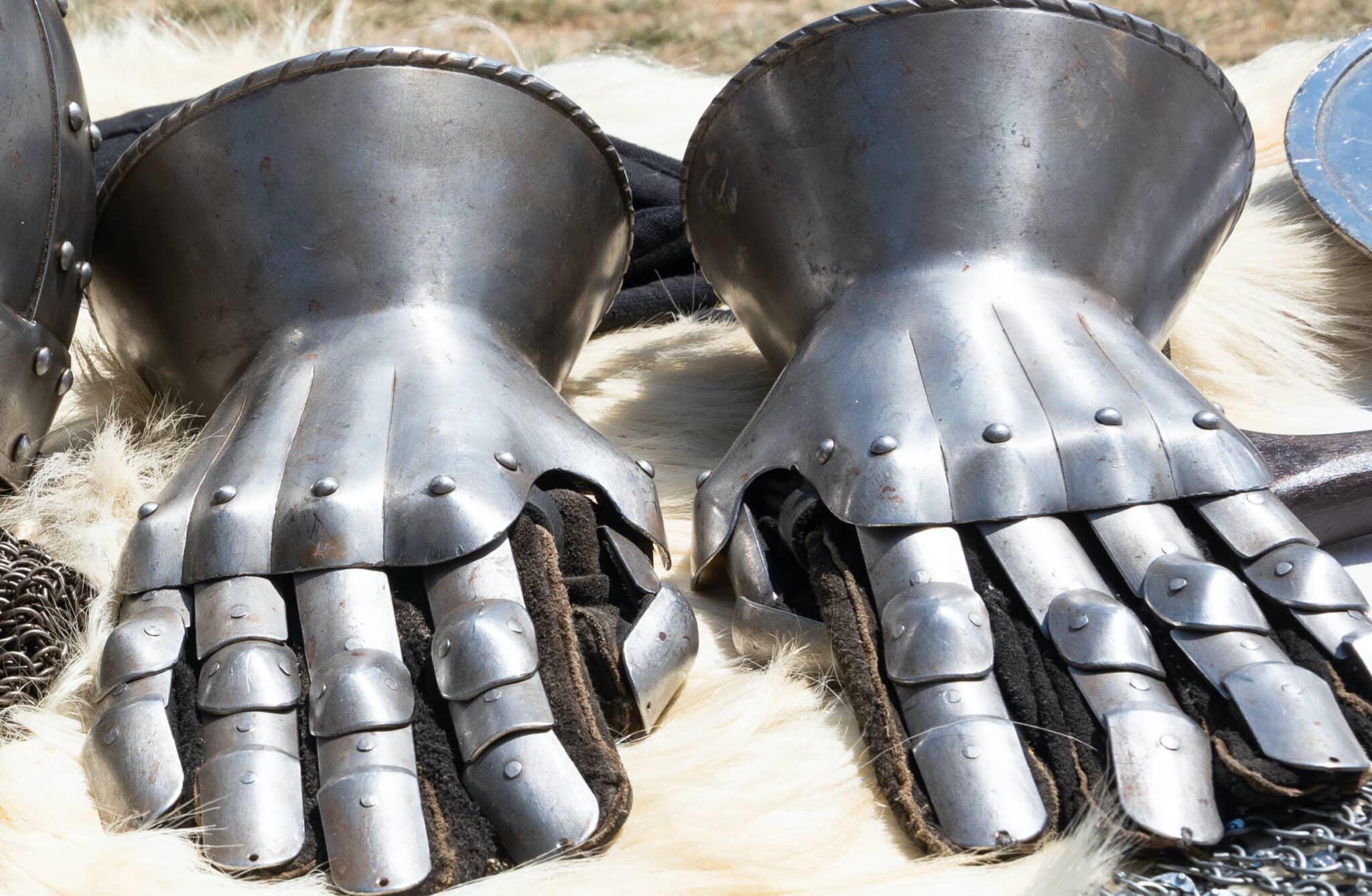 Gauntlets
Gauntlets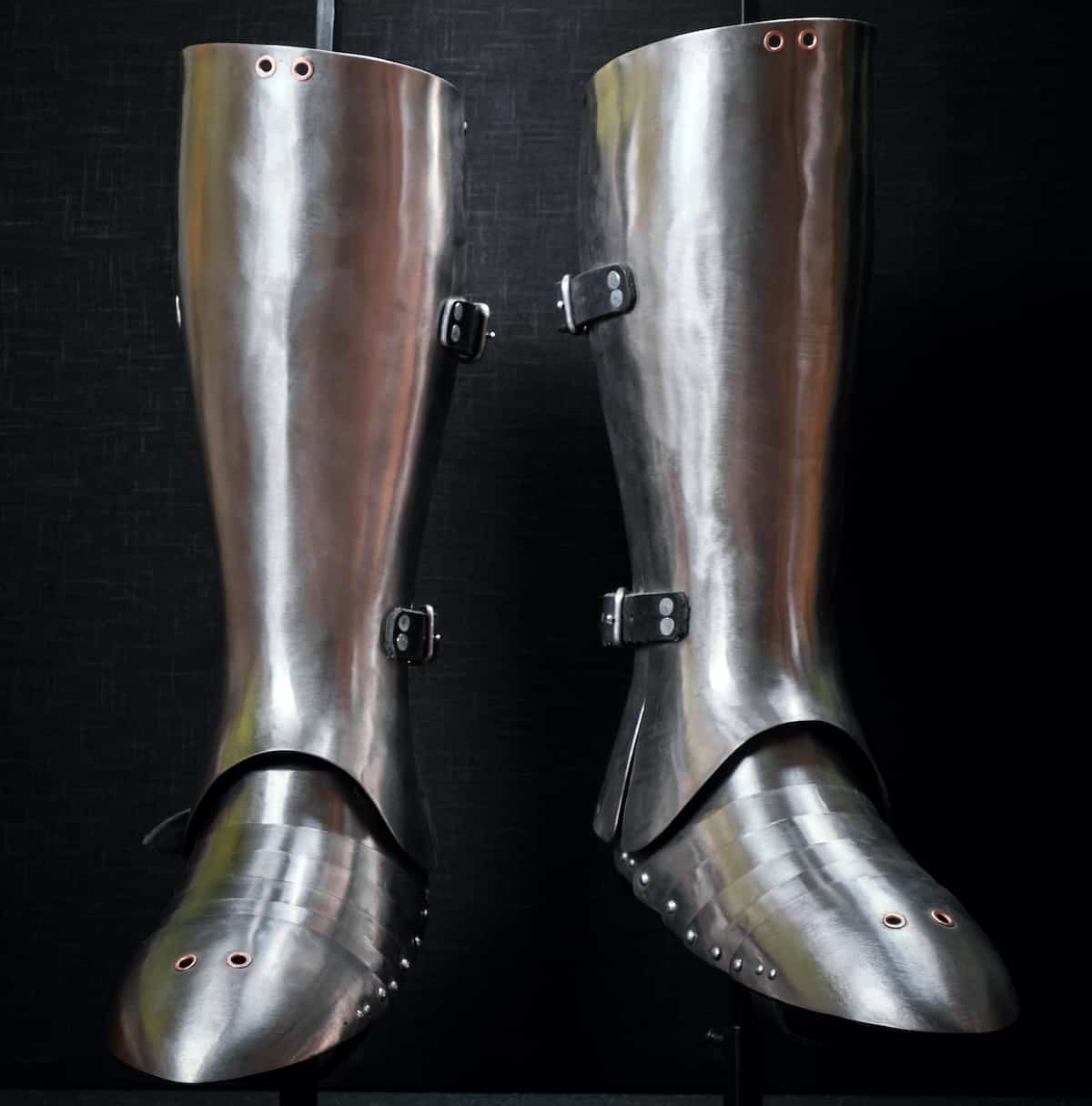 Leg Armor
Leg Armor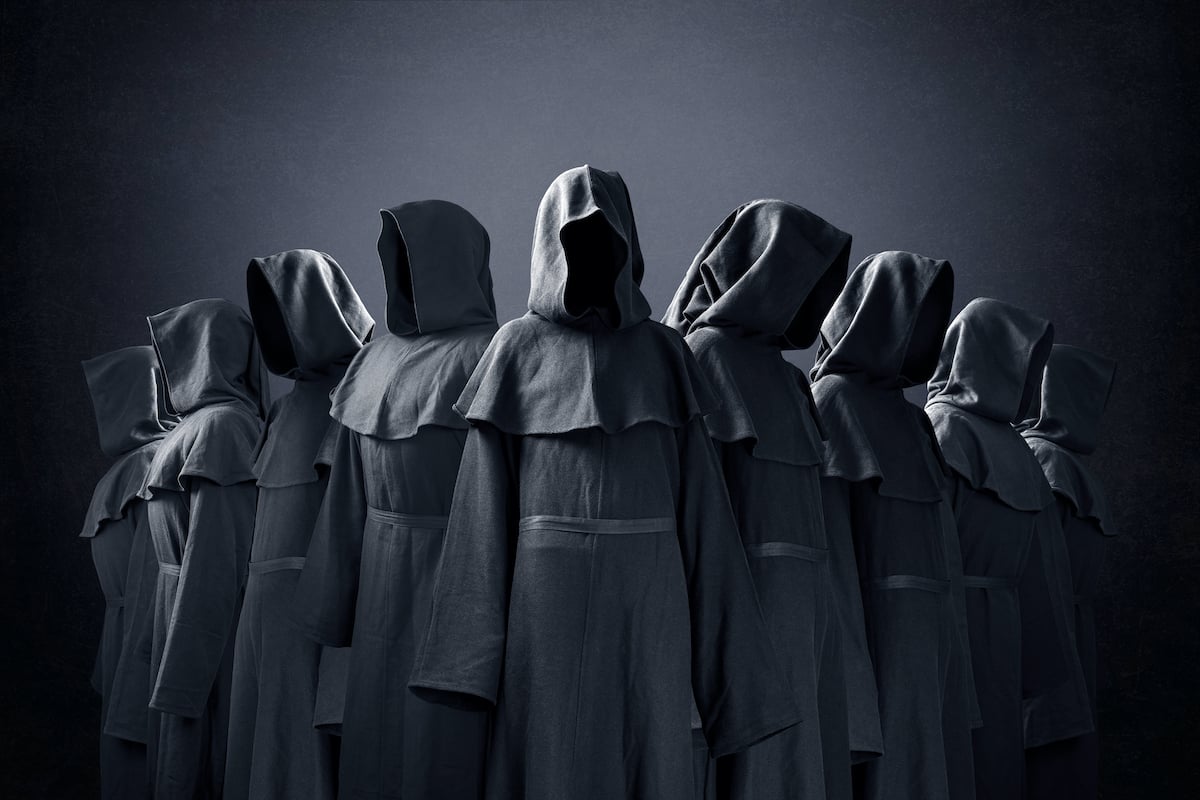 Cloaks
Cloaks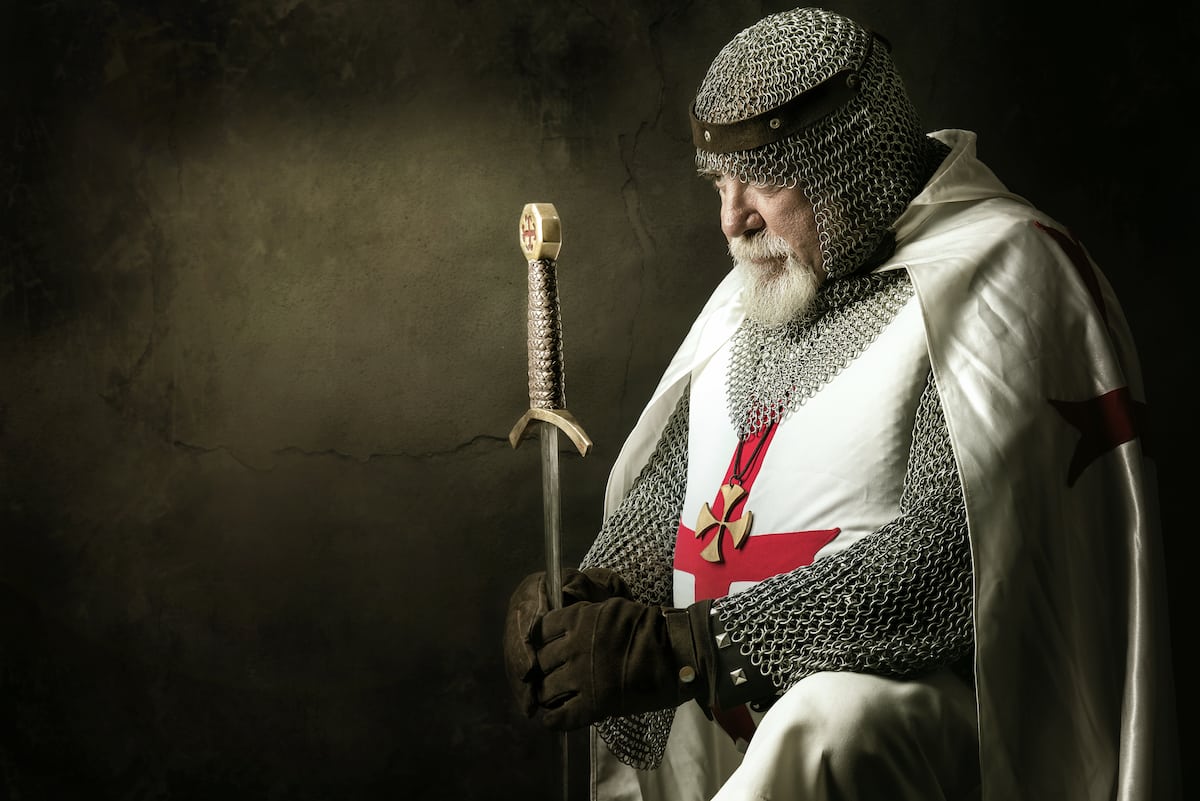 Tabards
Tabards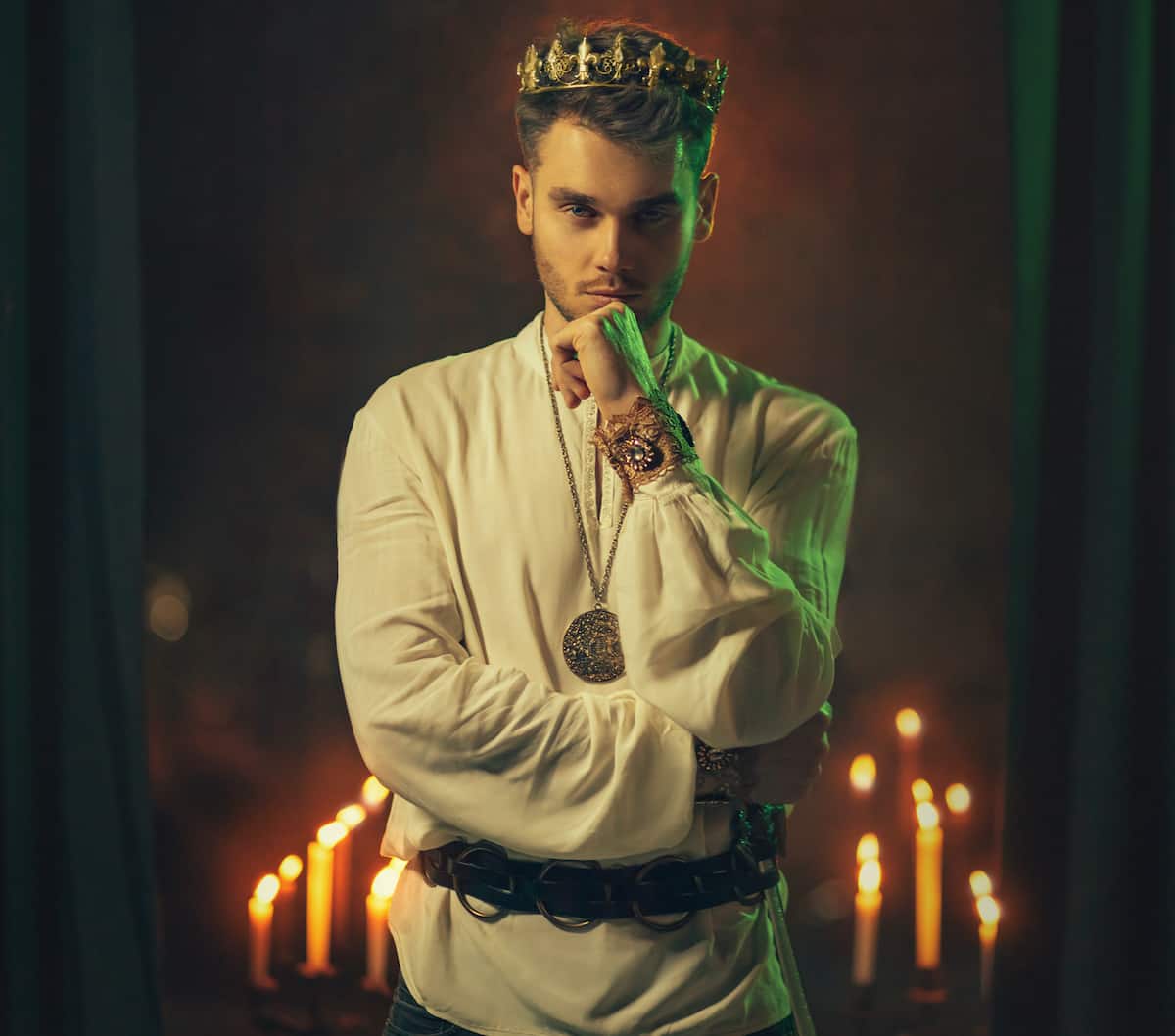 Shirts
Shirts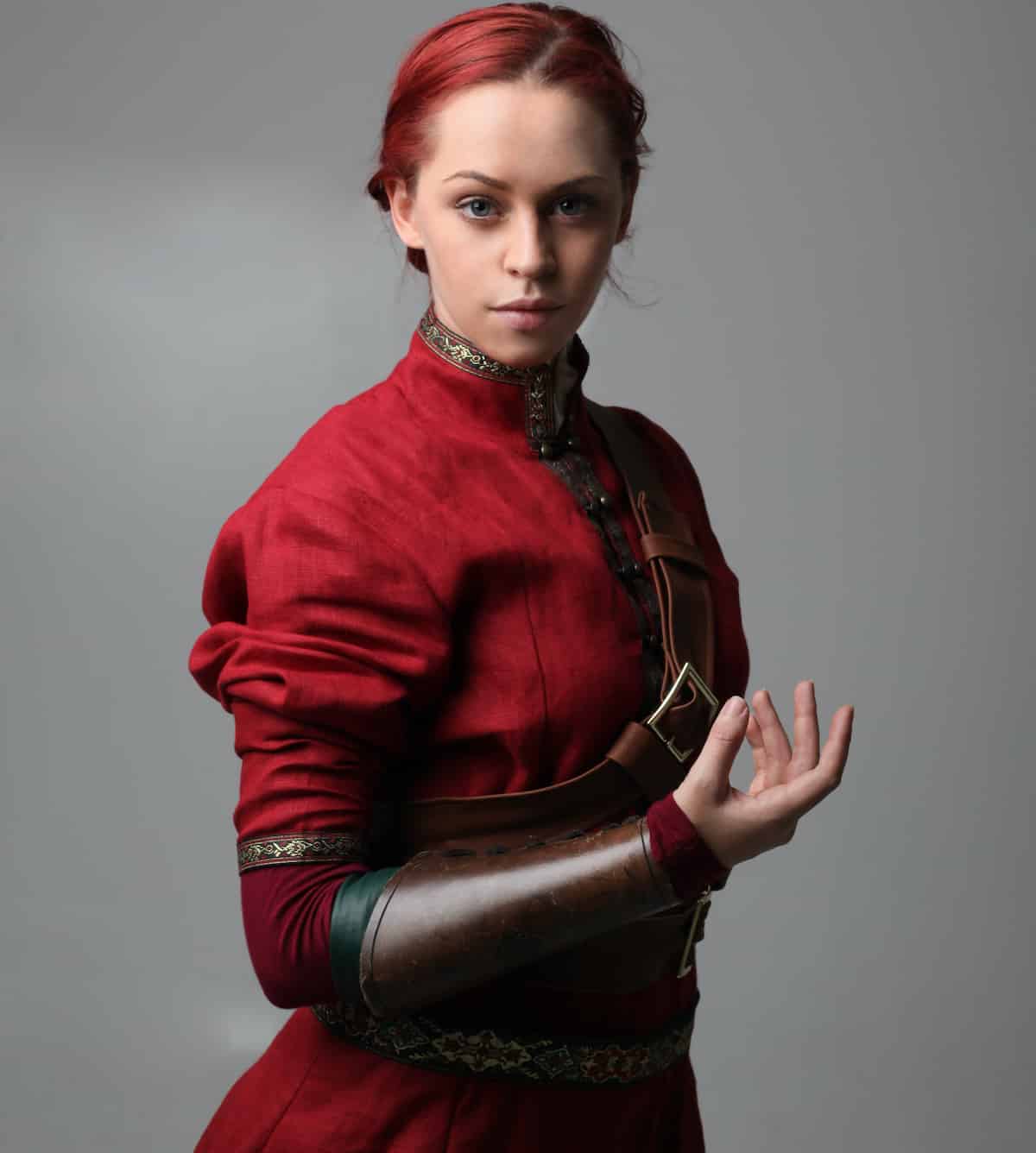 Tunics
Tunics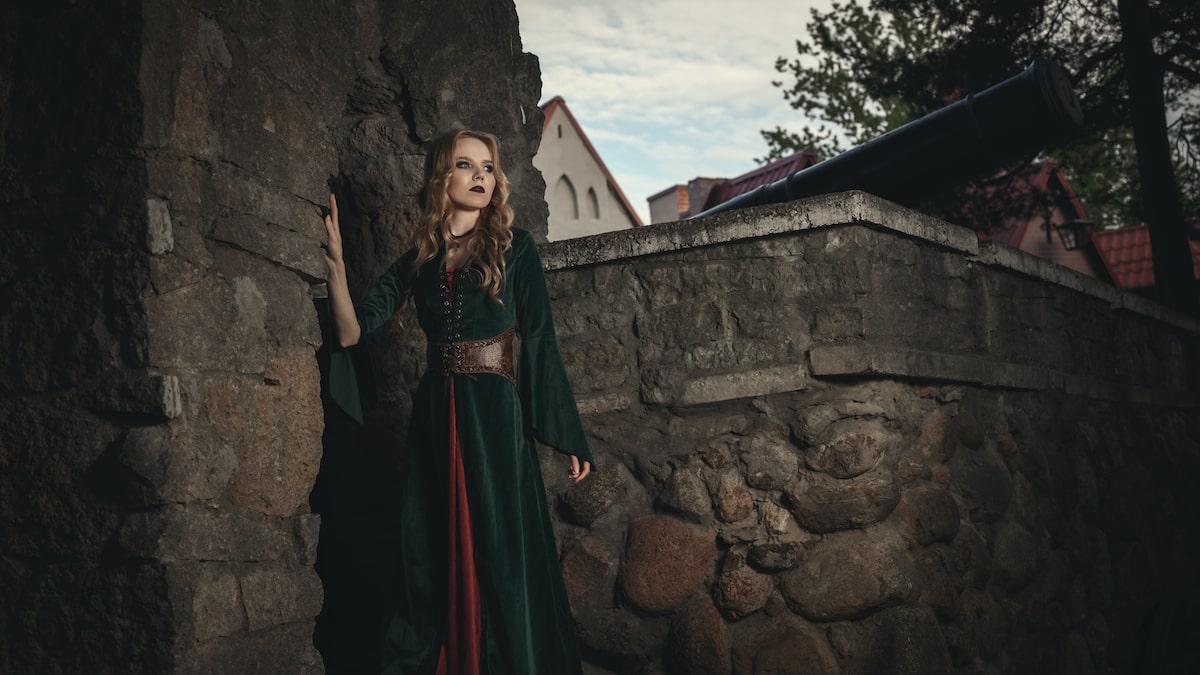 Dresses
Dresses Pants
Pants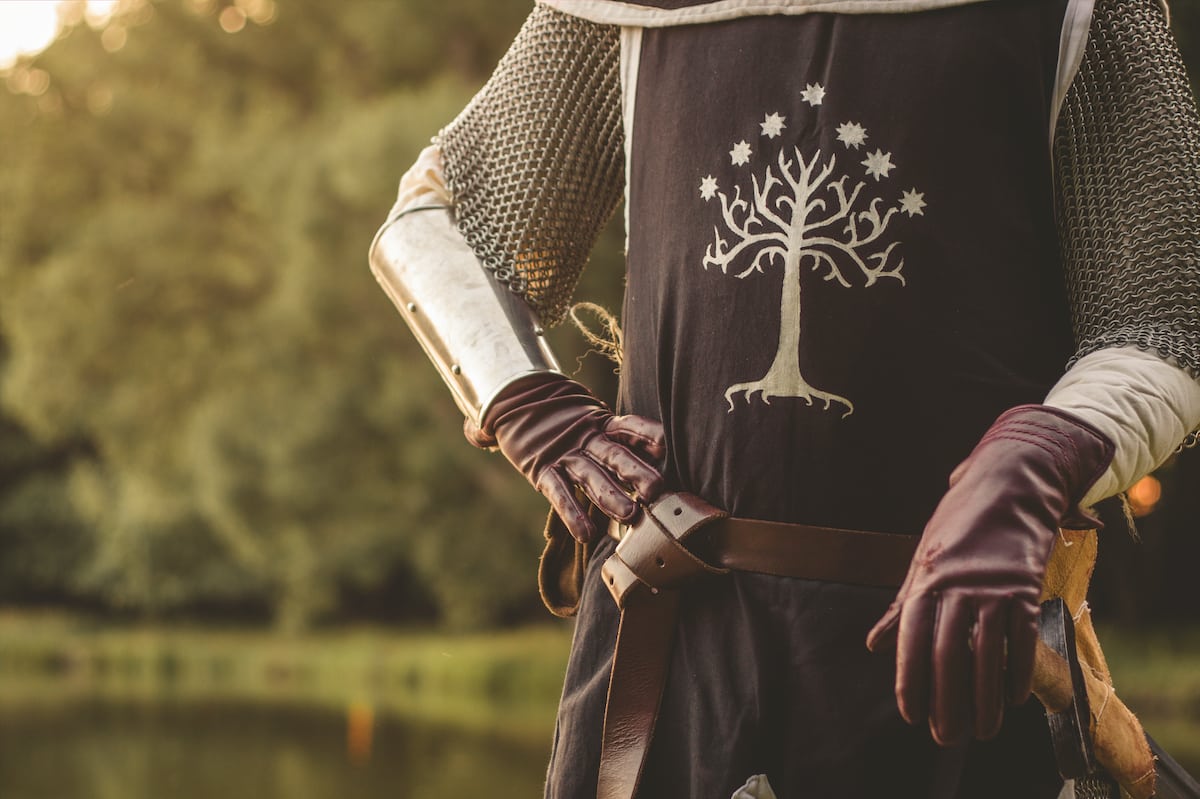 Gloves
Gloves Belts
Belts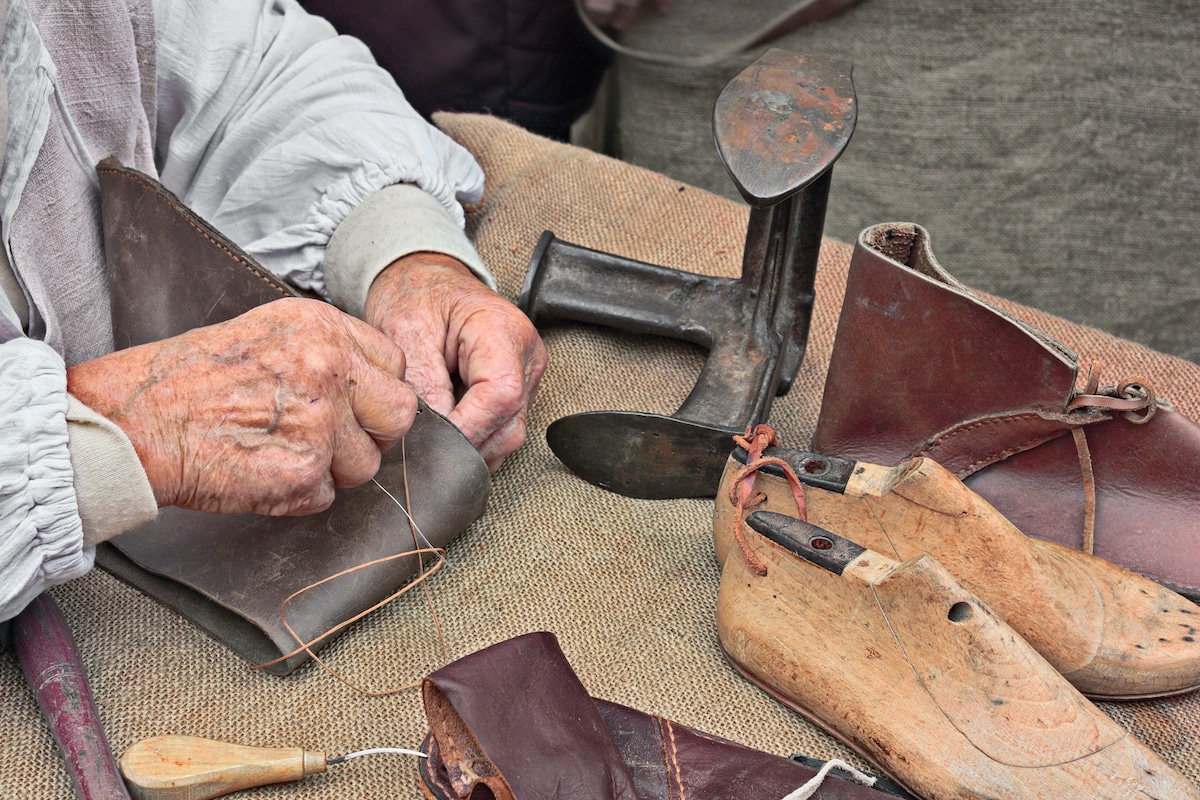 Shoes
Shoes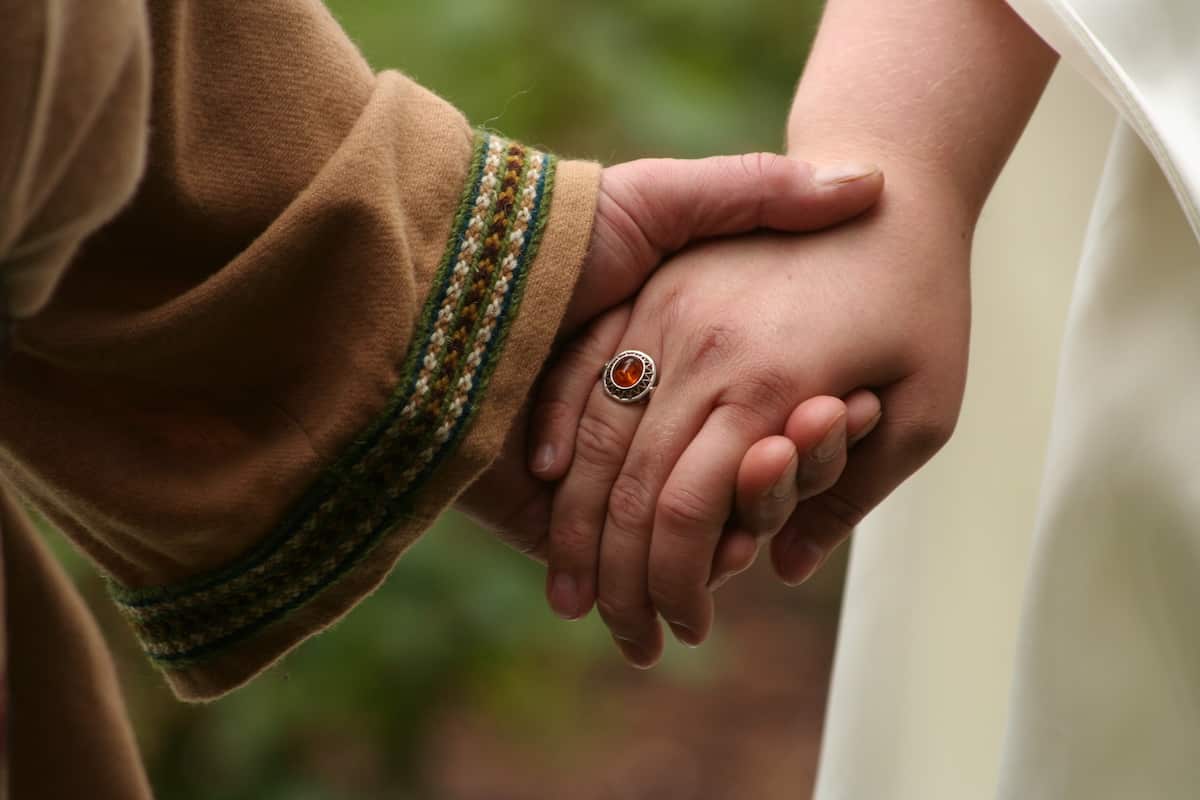 Rings
Rings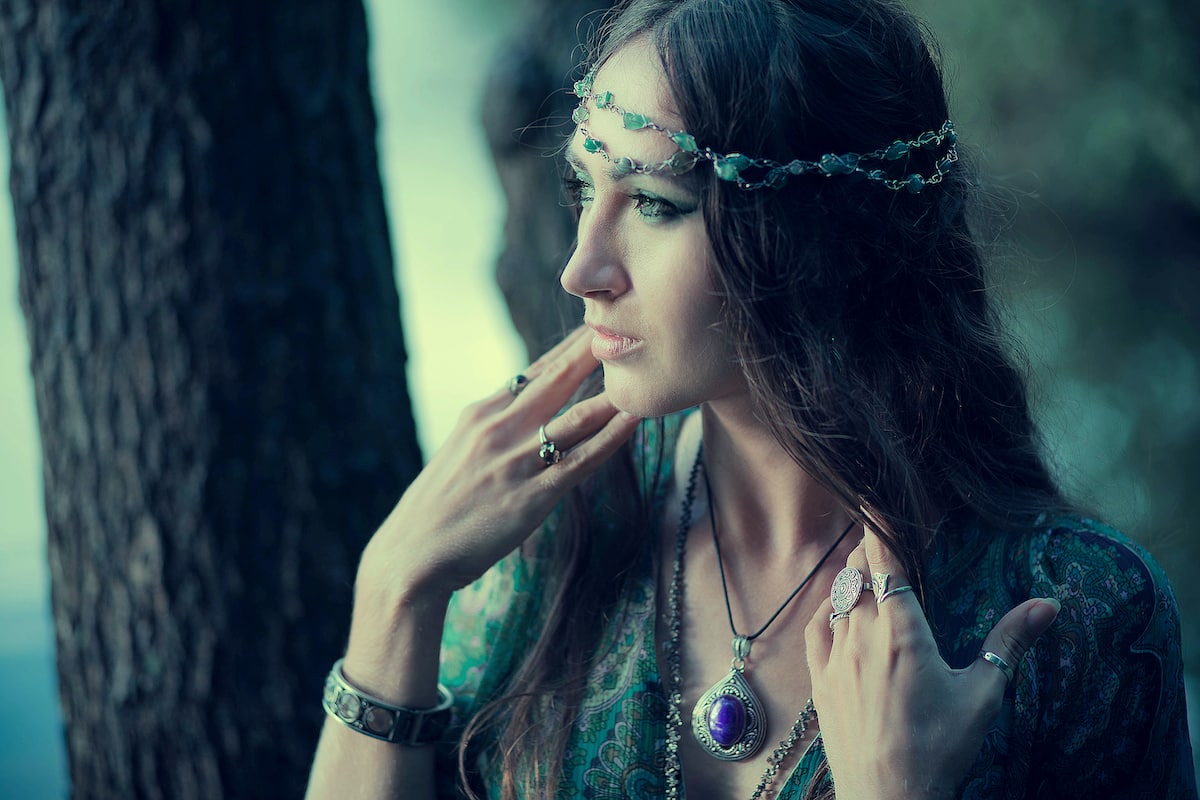 Necklaces & Pendants
Necklaces & Pendants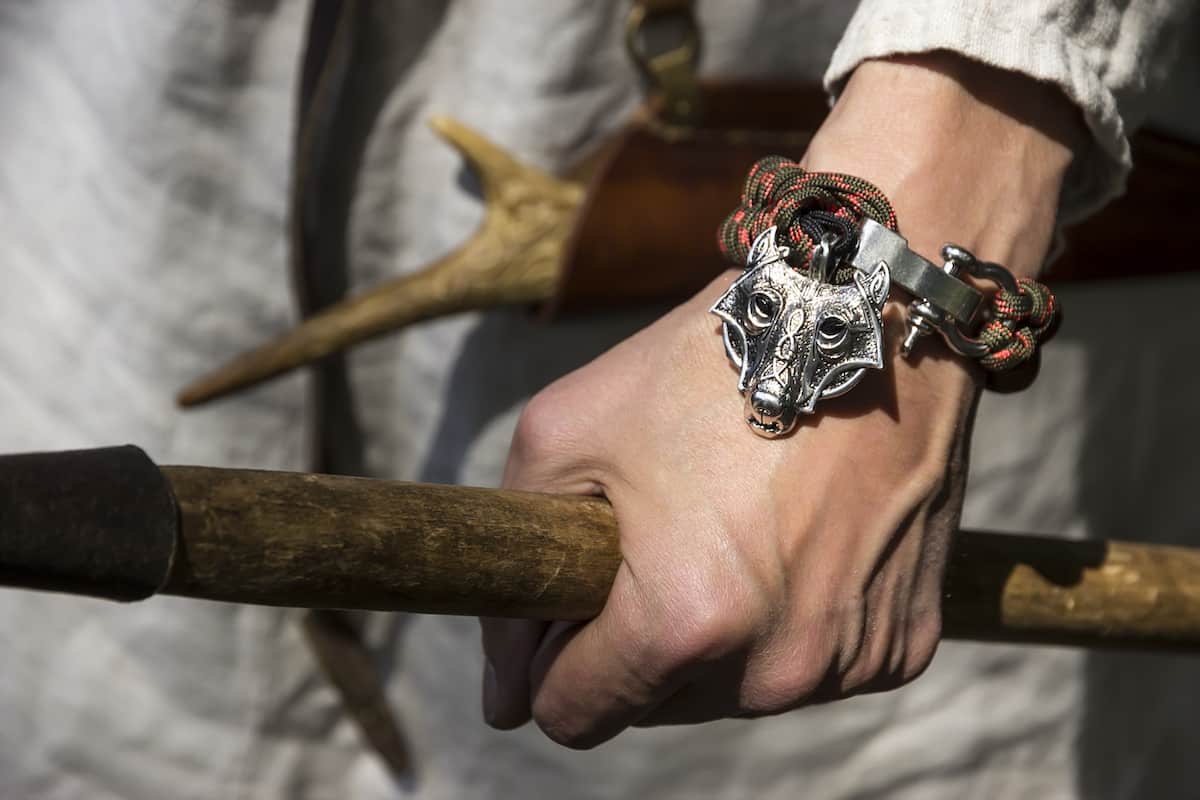 Bracelets
Bracelets